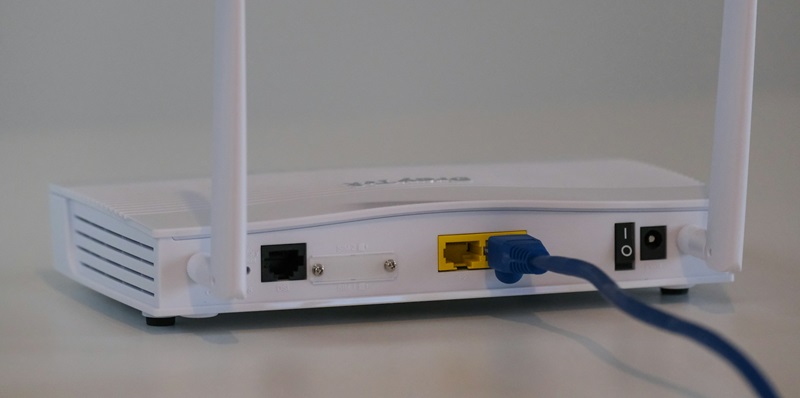In a move aimed at securing federal information systems, the United States Cybersecurity and Infrastructure Security Agency (CISA) has issued a strong warning concerning critical vulnerabilities detected in D-Link routers. Among these, the CVE-2014-10005 exploit in DIR-600 series routers first discovered in 2014 poses an immediate risk, as these cross-site request forgery (CSRF) vulnerabilities can be easily exploited. Alarming as it may be, the affected devices are legacy models that have long been out of D-Link’s support window. Such devices present a perilous point of entry into networks, kept afloat only by inertia and the silent hope they will evade notice by potential attackers.
Given the age and susceptibility of these units, the only practical solution is complete replacement. It’s not just about immediate risk management but also about acknowledging the bigger picture: the integration of cybersecurity into the lifecycle management of all networked devices. Although organizations might hesitate incurring such abrupt capital outlays, the potential cost of breaches far outweighs the expenses of updating vulnerable infrastructure.
Mitigation for Modern Router Flaws
The second noteworthy vulnerability, CVE-2021-40455, affects the DIR-605 router models and was identified more recently, in 2021. This information disclosure weakness is no less concerning as it can lead to unauthorized access to sensitive information. In light of these revelations, CISA has admirably taken a proactive stance by adding these vulnerabilities to its Known Exploited Vulnerabilities catalog. The directive underscores the risk by assigning a compliance deadline, signaling federal entities to either apply available patches or decommission vulnerable devices.
While federal agencies are expected to comply with CISA guidance by the specified deadline, the implications resonate far beyond the confines of government. Private corporations, educational institutions, and individual consumers must heed this advisory and scrutinize their devices in kind. Timely security practices such as applying available firmware updates or transitioning away from end-of-life hardware are fundamental to thwarting adversaries who relentlessly hunt for such low-hanging fruits within networks.
Emerging Threats and Vulnerabilities
Exposure of New Flaws
In a parallel narrative of concern, SSD Secure Disclosure has revealed fresh vulnerabilities in DIR-X4860 routers. When leveraged together, these vulnerabilities could grant attackers root access to the routers, allowing them to tap into the traffic flowing through these devices or potentially using them as a stepping stone for further intrusions. These routers being more current, the expectation would be for patches to be promptly developed and deployed.
Acknowledging these findings emphasizes the dynamic nature of cybersecurity threats; older vulnerabilities may resurface while newly emerged flaws demand immediate attention. Solving these issues is not solely a question of issuing patches, but also ensuring widespread dissemination and installation of these fixes. Manufacturers need to facilitate this process, whether it’s through automatic updates or clear, compelling communication to customers about the severity of these threats.
Vulnerability in Endpoint Management
The U.S. Cybersecurity and Infrastructure Security Agency (CISA) has raised an alert about critical security flaws in D-Link routers, notably the CVE-2014-10005 vulnerability discovered in 2014, affecting the DIR-600 series. This particular weakness presents a cross-site request forgery (CSRF) issue, leaving federal systems open to cyberattacks. As these D-Link routers are outdated and no longer supported by the manufacturer, they serve as dangerous gateways for attackers to exploit network defenses.
A mandatory replacement of these obsolete devices is the most viable course of action, not merely for an immediate security response but also as a strategic integration of robust cybersecurity practices across the network device lifecycle. This may prompt organizations to incur short-term costs, yet it’s a necessary investment when considering the substantial risks and financial ramifications of a potential security breach. Proactive upgrading of vulnerable infrastructure is thus crucial in safeguarding against such threats.

